Best Practices Articles

Seven Reasons Why Your Partner Portals Are Not Used
The partner portal is possibly the single most important tool for a vendor selling through channel. While channel programs, policies and people are all very important ingredients for partner relationship management, in our digital world a properly built, state-of-the-art partner portal can make the difference between a successful channel program and one that fails. However, the majority of partner portals today never realize their full potential of serving the needs of the channel partners and enabling a vendor to scale its business globally. Why is that? Let’s examine some of the primary reasons behind this failure.
- Portals are not localized. Most companies that are selling globally today may have some localized web content, but typically the user interface of the partner portal is not localized. As a result, partners that are more comfortable doing business in English are absolutely fine, but in countries where English is a secondary language or where partners are simply not comfortable using English, those partners can be very hesitant to use the partner portal. At ZINFI, we have observed that localizing the portal consistently increases utilization by 30% to 40% on a worldwide basis.
- Lack of mobile responsiveness. We know most partners are out and about seeing their customers. While some of the technical staff may be using the partner portal via the web on a desktop computer, most individuals at partner organizations today access the partner portal via a mobile application. Therefore, the partner portal needs to be—at the very least—mobile responsive. Ideally, vendors will provide a mobile app that delivers some core functionalities tied to things like partner onboarding, training, lead management, deal registration, incentives management and some basic reports. While the goal is not necessarily to replicate the entire partner portal in mobile form—an unrealistic and ultimately be overwhelming objective—there are several core features and functionality that it makes sense to deliver via a dedicated mobile app.
- Confusing content distribution. A typical vendor that generates a few hundred million dollars in revenue selling through a partner base may carry anywhere from ten to several hundred product lines. Each product or solution is associated with specific content in the form of product data sheets, service sheets, pricing guidelines, competitive positioning, and so on. How is this content actually categorized, tagged and distributed? That’s an incredibly important variable. Another crucial consideration is how new content within the partner portal is tagged and separated from older, less immediately relevant material. For example, if there’s a new launch of a specific product or service, all of the content related to that should be promoted through the partner portal so it’s easy for partners to find as soon as they log in, and is both web responsive and mobile responsive.
- Lack of robust search capabilities. When partners come to your partner portal, they are already busy. They are carrying multiple product lines and are likely accessing multiple partner portals. When it comes to the partner portal, they do so with a specific purpose in mind. Our data shows that the number one reason a partner logs in to the partner portal is related to customer support: Either they’re creating tickets or checking the status of their tickets because they want to monitor how they’re doing in helping their customers. Other common reasons for logging in include learning about different products and services offered by the vendor, and accessing marketing and sales materials. In each of these scenarios, the partner is thinking of a specific purpose and a specific solution. The partner portal is rich with content, but if specific content is not easy to find via a quick keyword search, it defeats the purpose of having the content and the partners get frustrated and leave. That’s why having great search capabilities within the partner portal is absolutely critical.
- Lack of training. You may have a great partner portal, but if partners are not trained how to use it in the most effective way, then it becomes just another form of communication that remains underutilized. Vendors need to hold regular training sessions using some form of marketing concierge and actually walk partners through what’s available in the partner portal, what’s new and what’s on the horizon. They should also make recordings of training sessions available in “bite size” chunks (read our article – How to Provide Partner Marketing Concierge Help in Bite-Sized Chunks) of two to three minutes each in a “Help” section or a “How to Use the Partner Portal Effectively” section. Without that content, partners may become lost and they won’t know who to call. Without a marketing concierge infrastructure that offers training sessions and help videos, partners are left essentially to their own devices to figure out how to use the partner portal. Don’t let that happen. Make bite-size videos available in every section of the portal (sales, marketing, etc.) that explain how to use that section. Teaching partners how to use the portal will drive up usage. It’s that simple.
- Lack of a simplified program layout. This is a very important consideration. If you’re deriving most of your revenue from the channel, chances are you are recruiting new partners or recruiting existing partners into new programs. There is an area for that in your partner portal that focuses on onboarding. Or you may have partner training tied specifically to marketing, sales, incentives or technical products and services. The content that informs your partners about these different areas needs to be laid out in a simplified way so partners can quickly and easily access what they need. While most vendors spend large amounts of money on infrastructure and people to ensure the partner portal is properly supported and developed, many partner portals remain essentially an extension of a past in which partner-related functions were managed through a patchwork of multiple systems and programs. That kind of fragmentation inhibits usage of the portal. Vendors need to rethink the user experience and optimize how the programs they wish to promote are presented in the partner portal.
- Lack of program alignment. Vendors typically offer a lot of programs tied to incentives. One of the most effective ways to drive partner program utilization is to promote specific programs—not just through emails or telemarketing aimed at end buyers, but by driving partners to specific parts of the partner portal, promoting those programs with incentives and providing related content right where they need it. For example, if you are running a specific campaign where a reseller can earn extra points or a sales rep can earn extra dollars, create a landing page that describes the campaign and the incentives offered, and make sure that training related to the solution you are promoting, as well any marketing programs and tools you are making available in conjunction with the solution, are visible from that landing page and easily accessible. Rigorous alignment of programs with content from various parts of the portal can drive up portal utilization substantially.
In summary, very few vendors actually take a formal, organized approach to driving utilization of the partner portal through strategic program usage and alignment. Don’t forget, if you have a successful program, you can actually use that success, promoting it to increase partner engagement through your partner portal, but many vendors fail to take advantage of that opportunity. To do so successfully, however, user-centric considerations like localization, content layout, search functionality and mobile functionality all need to be carefully thought through. If you have a highly compelling solution that partners love to sell, or you’ve recently launched a new product line or you’ve just required a hot company, by all means promote that through your partner portal. But be careful you don’t use that opportunity just to promote the portal or the product being promoted; instead, use it as a vehicle to get your partners trained on the portal. Having an integrated, strategic approach to driving partner engagement through the partner portal can significantly increase utilization across your entire partner base, and also drive your profitable revenue growth forward.
Best Practices Guides
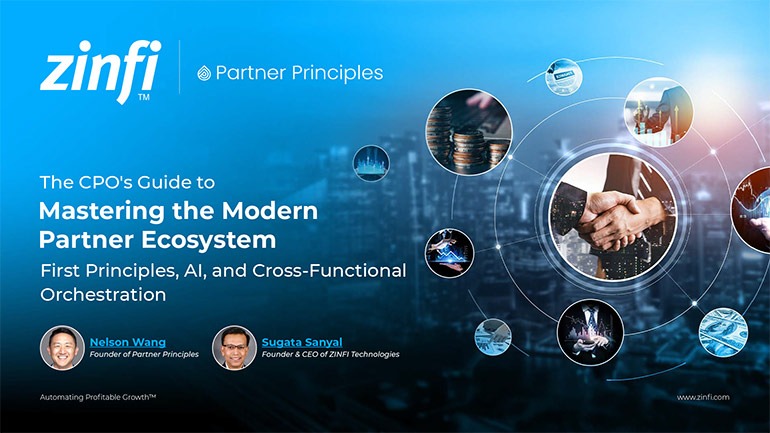 First Principles Drive Modern Partner Ecosystem Success Best Practices
First Principles Drive Modern Partner Ecosystem Success Best PracticesDownload for FREE
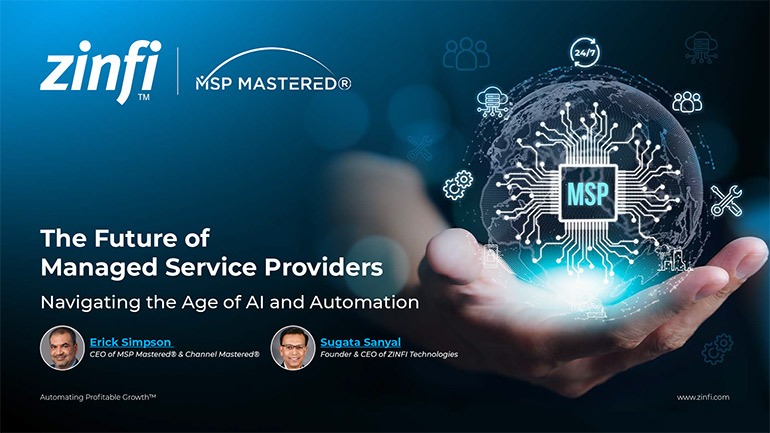 The Future of Managed Service Providers: Navigating the Age of AI and Automation
The Future of Managed Service Providers: Navigating the Age of AI and AutomationDownload for FREE
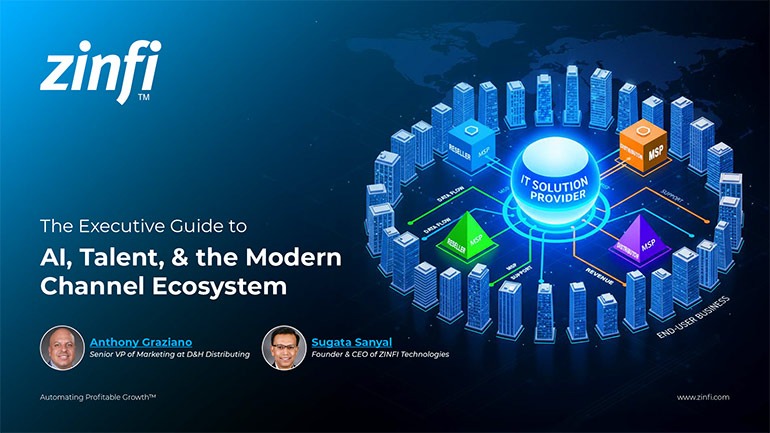 Modernizing Channel Marketing: AI and Ecosystem Enablement Best Practices
Modernizing Channel Marketing: AI and Ecosystem Enablement Best PracticesDownload for FREE
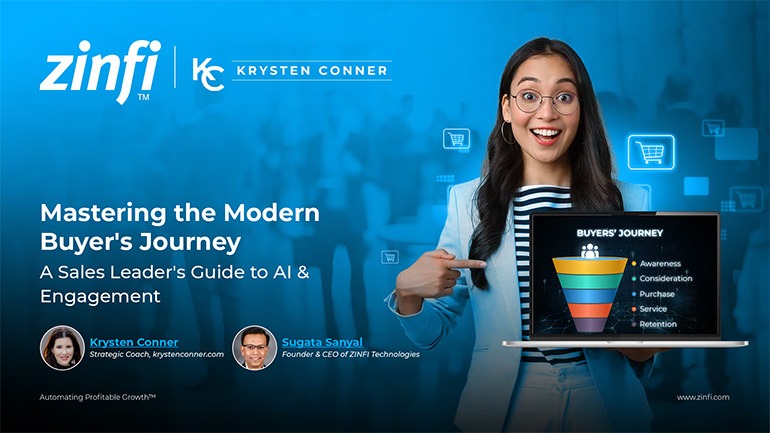 The Channel’s Shift to Partner-Led With AI Best Practices
The Channel’s Shift to Partner-Led With AI Best PracticesDownload for FREE
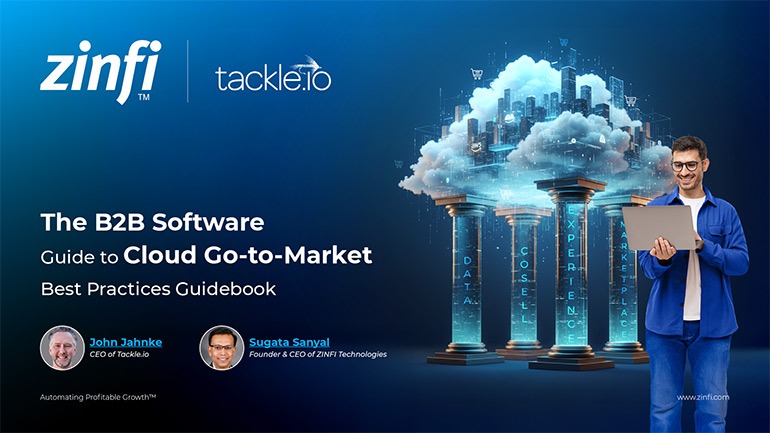 Hyperscalers, ISVs, and AI: Shaping the Future of B2B Software Distribution
Hyperscalers, ISVs, and AI: Shaping the Future of B2B Software DistributionDownload for FREE
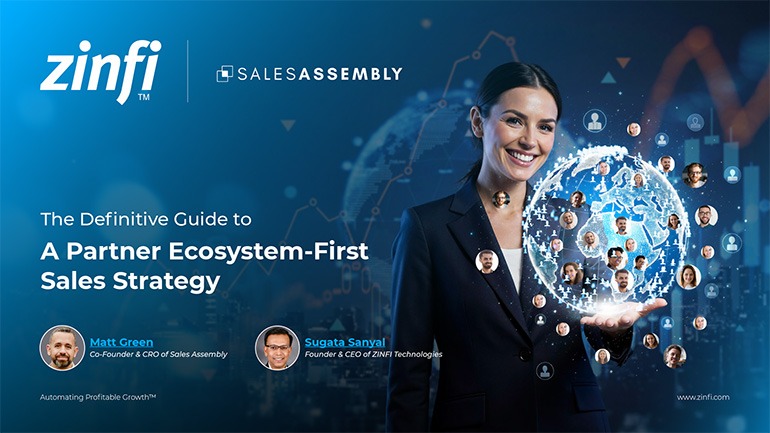 Definitive Guide to a Partner Ecosystem-First Sales Strategy
Definitive Guide to a Partner Ecosystem-First Sales StrategyDownload for FREE
 The Partner-Led Digital and AI Transformation Best Practices
The Partner-Led Digital and AI Transformation Best PracticesDownload for FREE
 Startup Talent Recruitment: Hiring Missionaries, Not Mercenaries
Startup Talent Recruitment: Hiring Missionaries, Not MercenariesDownload for FREE
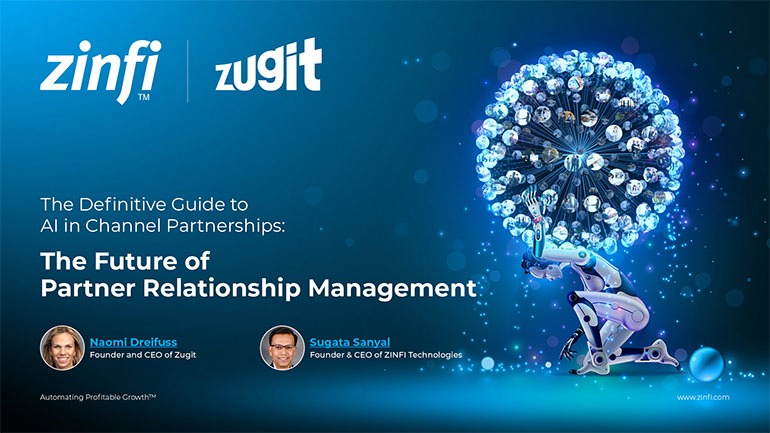 The Future of Partner Relationship Management with AI in Partnerships
The Future of Partner Relationship Management with AI in PartnershipsDownload for FREE
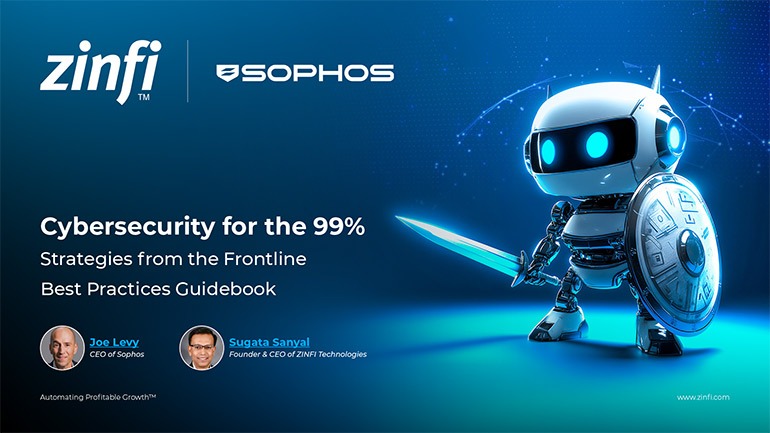 Cybersecurity for the 99%: Strategies from the Frontline
Cybersecurity for the 99%: Strategies from the FrontlineDownload for FREE
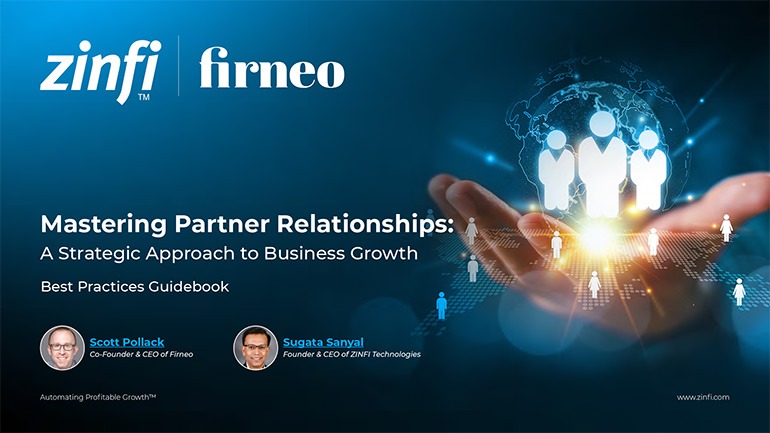 Mastering Partner Relationships: A Strategic Approach to Business Growth
Mastering Partner Relationships: A Strategic Approach to Business GrowthDownload for FREE
 Mastering Partner Relationship Management: Keys to SaaS Channel Success
Mastering Partner Relationship Management: Keys to SaaS Channel SuccessDownload for FREE